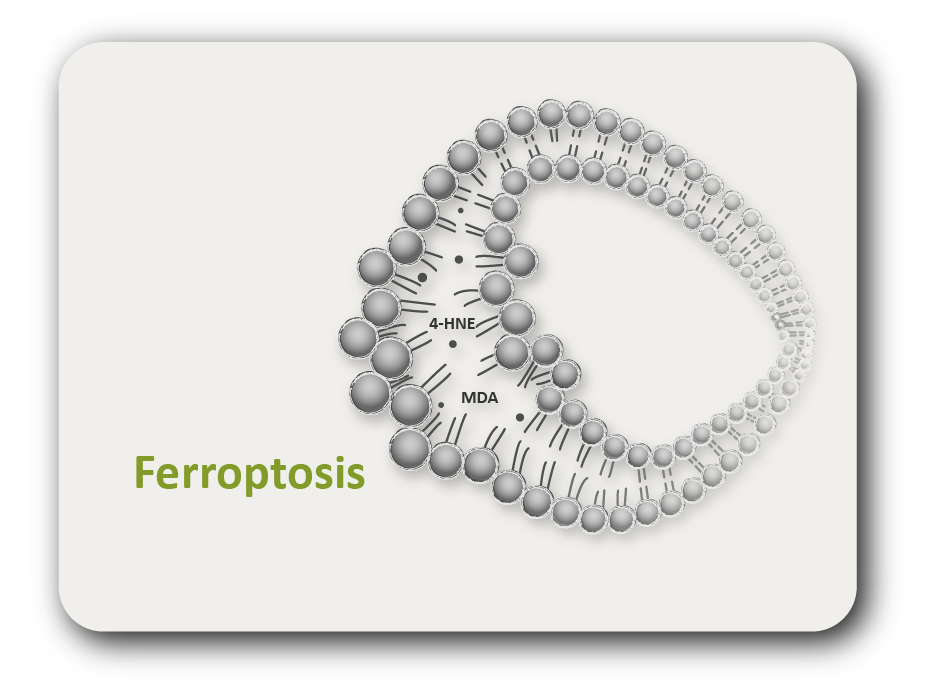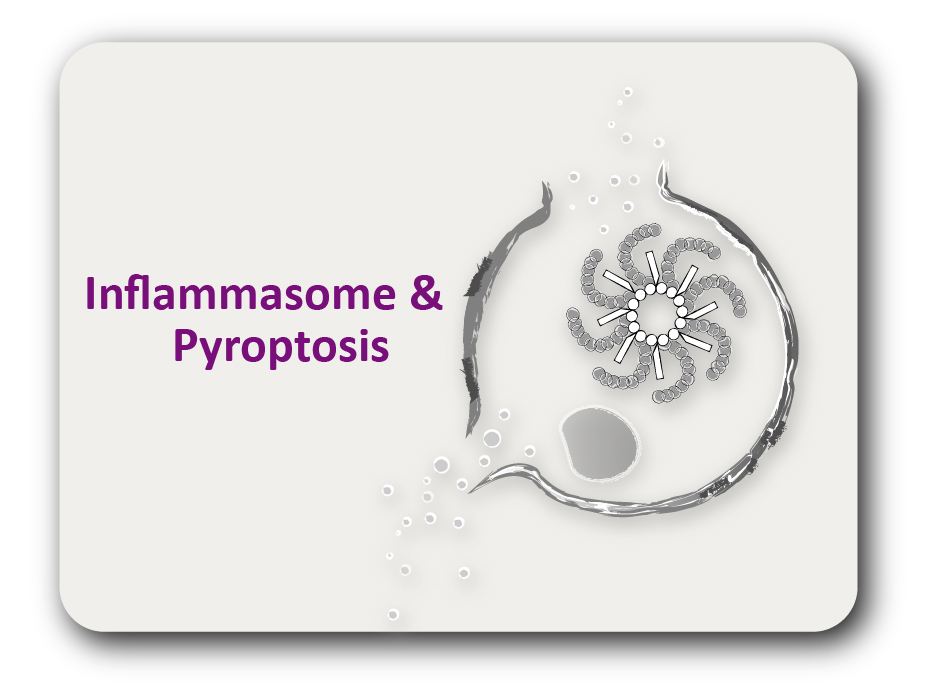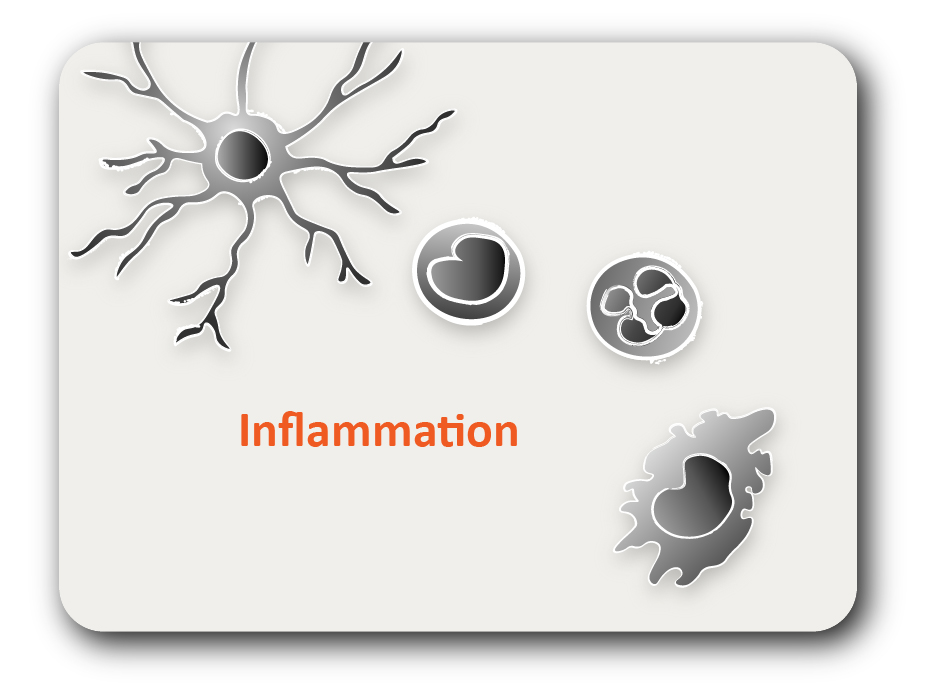ARG70518
Human CD4 recombinant protein (Active) (His-tagged)
Human CD4 recombinant protein (Active) (His-tagged) for SDS-PAGE
Overview
| Product Description | CHO expressed, His-tagged (Active) Human CD4 recombinant protein |
|---|---|
| Tested Application | SDS-PAGE |
| Target Name | CD4 |
| Species | Human |
| A.A. Sequence | Met1 - Trp390 |
| Expression System | CHO |
| Activity | Active |
| Activity Note | Determined by its ability to support the adhesion of NIH-3T3 mouse embryonic fibroblast cells, with the ED50 ranging from 1 to 5 μg/mL. |
| Alternate Names | CD4; CD4 Molecule; T-Cell Surface Glycoprotein CD4; Leu-3; T4; T-Cell Surface Antigen T4/Leu-3; CD4 Antigen (P55); CD4 Receptor; CD4 Antigen; CD4mut; IMD79; OKT4D |
Properties
| Form | Powder |
|---|---|
| Purification Note | Endotoxin level is less than 0.1 EU/µg of the protein, as determined by the LAL test. |
| Purity | > 80% (by SDS-PAGE) |
| Buffer | PBS (pH 7.4) |
| Reconstitution | It is recommended to reconstitute the lyophilized protein in sterile water to a concentration not less than 200 μg/mL and incubate the stock solution for at least 20 min at room temperature to make sure the protein is dissolved completely. |
| Storage Instruction | For long term, lyophilized protein should be stored at -20°C or -80°C. After reconstitution, aliquot and store at -20°C or -80°C for up to one month. Storage in frost free freezers is not recommended. Avoid repeated freeze/thaw cycles. Suggest spin the vial prior to opening. |
| Note | For laboratory research only, not for drug, diagnostic or other use. |
Bioinformation
| Gene Symbol | CD4 |
|---|---|
| Gene Full Name | CD4 Molecule |
| Background | This gene encodes the CD4 membrane glycoprotein of T lymphocytes. The CD4 antigen acts as a coreceptor with the T-cell receptor on the T lymphocyte to recognize antigens displayed by an antigen presenting cell in the context of class II MHC molecules. The CD4 antigen is also a primary receptor for entry of the human immunodeficiency virus through interactions with the HIV Env gp120 subunit. This gene is expressed not only in T lymphocytes, but also in B cells, macrophages, granulocytes, as well as in various regions of the brain. The protein functions to initiate or augment the early phase of T-cell activation, and may function as an important mediator of indirect neuronal damage in infectious and immune-mediated diseases of the central nervous system. Multiple alternatively spliced transcript variants encoding different isoforms have been identified in this gene. [provided by RefSeq, May 2020] |
| Function | Acts as a receptor for Human Herpes virus 7/HHV-7. [Uniprot] |





